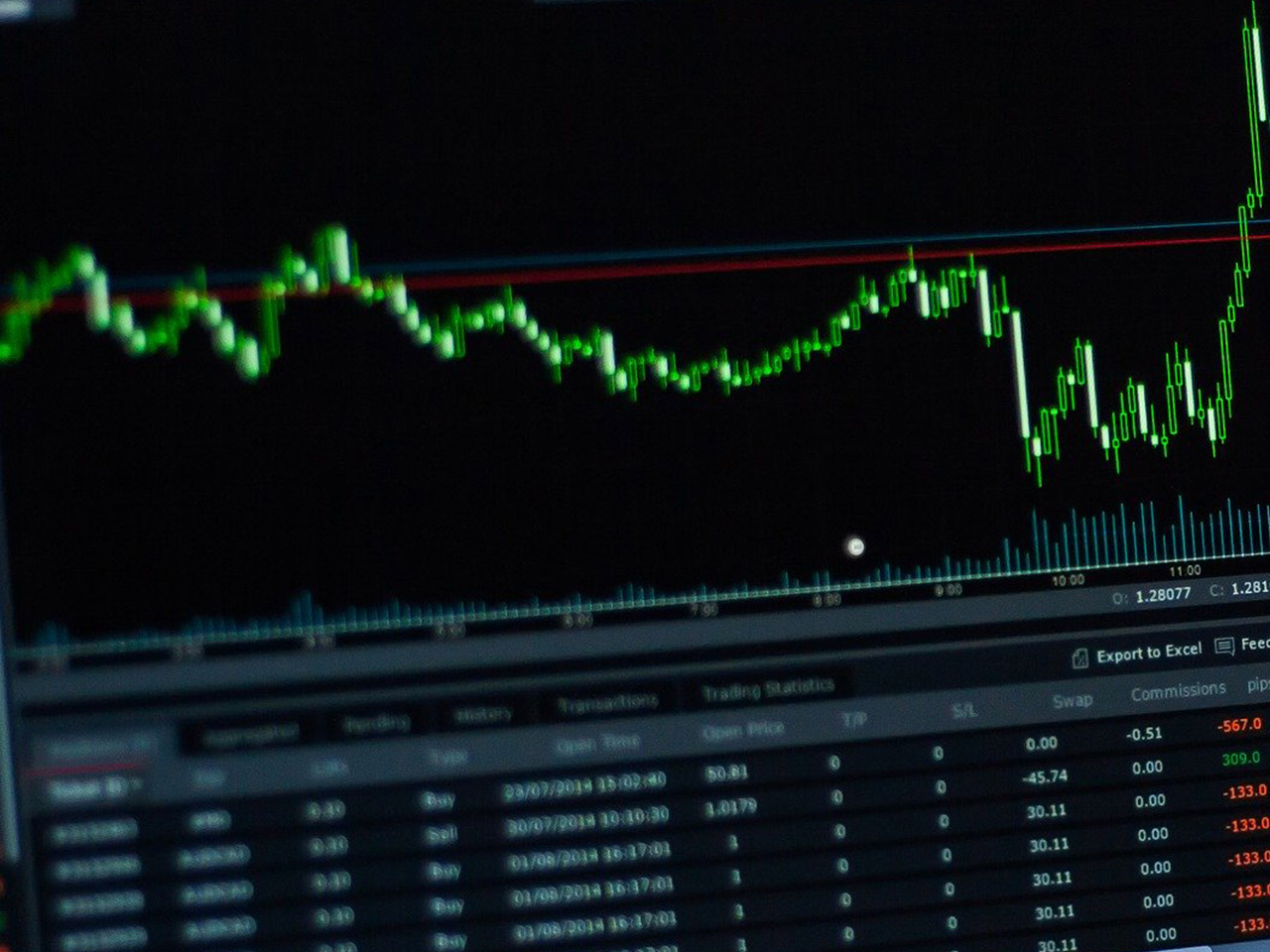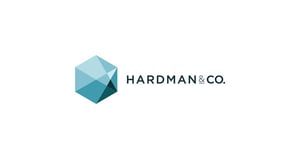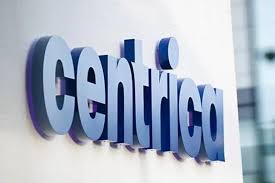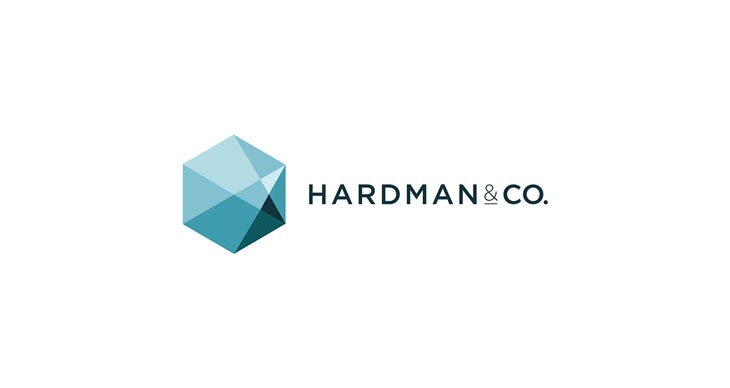Regencell Bioscience Holdings Limited (NASDAQ: RGC) stands as a distinctive entity in the healthcare sector, operating within the niche of Traditional Chinese Medicine (TCM) for neurocognitive disorders. Based in Hong Kong, Regencell focuses on developing treatments for conditions like attention deficit hyperactivity disorder (ADHD) and autism spectrum disorder, offering a unique value proposition in the drug manufacturing industry. Despite its innovative approach, the company presents a complex picture for potential investors.
Regencell’s market capitalization currently sits at an impressive $6.49 billion, a testament to its perceived potential in the healthcare landscape. However, its current trading price of $13.12 raises eyebrows when juxtaposed against a volatile 52-week range of $0.09 to $78.00. Such dramatic fluctuations could be indicative of the stock’s speculative nature or the market’s evolving perception of its business model and growth prospects.
Investors might find the lack of concrete valuation metrics somewhat daunting. Key metrics such as the P/E ratio, PEG ratio, and price-to-sales are absent, which may reflect the company’s developmental stage or a strategic decision to focus on long-term growth over immediate profitability. The absence of revenue growth data and a negative earnings per share (EPS) of -0.01 further highlight the challenges Regencell faces in achieving profitability.
The company’s return on equity (ROE) stands at a concerning -47.77%, indicating that it is currently incurring losses. This figure suggests inefficiencies in generating profits from shareholder equity, a common trait in companies heavily investing in R&D or those in the early stages of development.
From a technical perspective, Regencell presents an intriguing case. The stock’s current price is significantly below its 50-day moving average of $19.20, yet comfortably above its 200-day moving average of $6.31. This discrepancy might signal an undervaluation or potential for short-term price corrections. Furthermore, the Relative Strength Index (RSI) of 28.29 suggests that the stock is currently in oversold territory, potentially indicating a buying opportunity for contrarian investors.
Despite the technical indicators pointing to possible price movement, the absence of analyst coverage, including buy, hold, or sell ratings, leaves investors without external validation for their investment thesis. The lack of a defined target price range or average target adds another layer of uncertainty, challenging investors to rely on intrinsic valuation methodologies or sector comparisons.
Regencell does not offer dividends, which is typical for a company in a growth phase, as it likely reinvests its earnings to fuel research and development. The zero payout ratio further confirms this strategy.
For those considering an investment in Regencell, the decision hinges on the belief in the potential of Traditional Chinese Medicine as a viable alternative or complement to conventional treatments for neurocognitive disorders. While the company’s financial metrics may not paint a robust picture today, its dedication to pioneering treatments in a niche segment of the healthcare industry presents a unique opportunity for long-term growth, albeit with significant risk.
Investors should weigh these factors carefully, considering both the innovative healthcare solutions Regencell aims to bring to market and the inherent risks associated with investing in a company still charting its path to profitability.








































